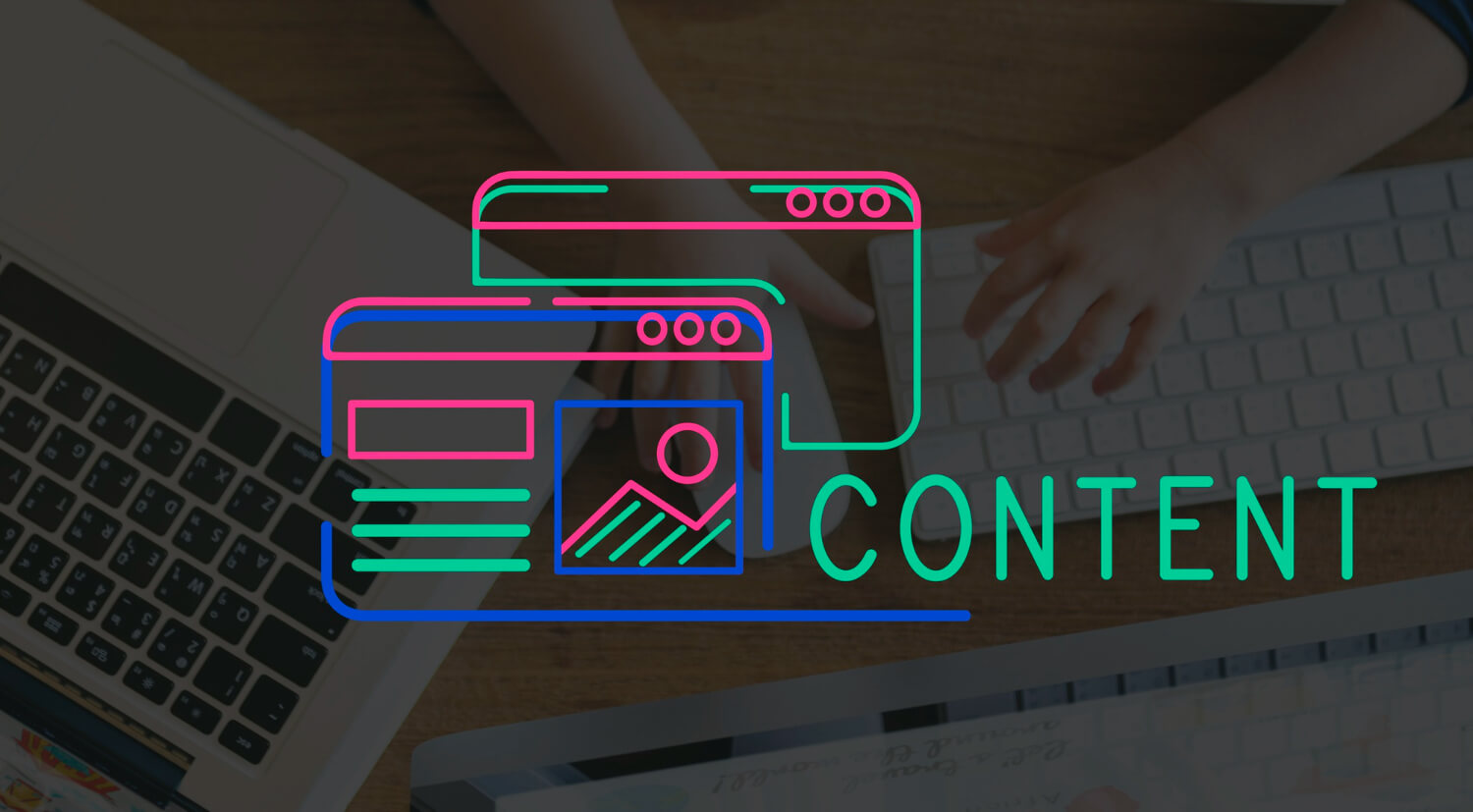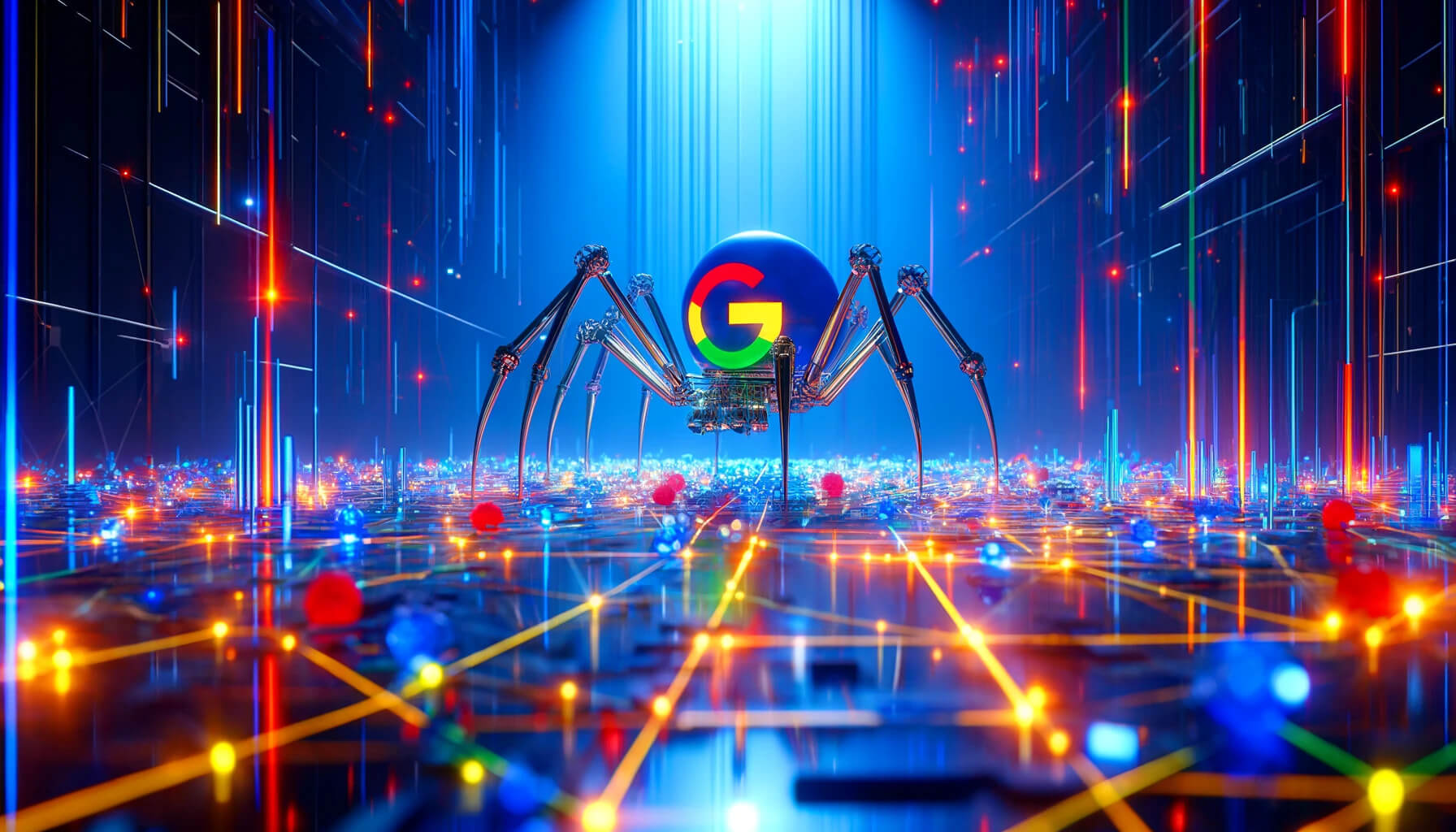Ready for a crash course in web design? Here are the terms you absolutely must know when talking about web design!
1. Web Design
Let’s start out with the basic stuff. Web design encompasses the design aspects of a website, like webpage layout, content production, and graphic design.
2. Web Development
Different from web design, web development deals less with the design side of things and more with the actual technical process of building a website, like writing markup and coding.
3. Responsive Design
Responsive design refers to your website being able to adapt accordingly to whatever device people might be using. It will adjust for mobile viewing, and look just as good on a laptop as it does a tablet.
4. SEO
SEO is the acronym for search engine optimisation. This is the process of optimising your website so that it shows up at the top of the search engine results page. Speaking of…
5. SERPs
SERPs is the acronym for search engine results page; that thing you want to be as high on as possible.
6. Infinite Scroll
Infinite scroll is a way to design a website that allows users to continually scroll down for new content, instead of it being loaded onto separate pages.
7. “Above the fold”
Above the fold refers to the part of your website you can see on the screen before you have to scroll down. Generally, this is where your most important content should be located. Similarly, below the fold refers to the content under the page break on your website.
8. Google Adwords
Google Adwords are a tool that can be used for SEO. It involves businesses bidding on certain keywords that cause their ads or website to show up at the top of the SERPs.
9. Call to Action
Specific text or images that use action-oriented words to urge website visitors to act. These are designed to move visitors along on a web page and turn them into customers.
10. Hosting
Web hosting is where your website is housed. It’s like storage, but for all the components of your website.
11. Meta Description
The meta description is like a preview of what will be on a web page. It’s a small snippet describing a website that search engines show on the SERPs. These can be very important for SEO, as the right keywords within a meta description can help boost your ranking.
12. User Experience/UX
UX is the abbreviation for user experience, which refers to the usability, accessibility, and engaging design of a website. You want the best user experience possible for your website.
13. HTML
This stands for HyperText Markup Language. This is the computer language used to display things like images, text, and links.
14. Back End
This refers to the part of a website that is hidden from regular visitors. This is where the website is controlled and changed.
15. Content Management System
Content Management System, or CMS, is a tool that separates the site’s design from its content, making it easy to change one without interfering with the other.
16. URL
URL stands for Uniform Resource Locator. This is the address of your website so that it can be found on the internet.
17. Bounce Rate
The percentage of visitors to a website that leave the site after only viewing a single page. A high bounce rate can be the results of many different factors, such as a slow loading site or hard to read text.
18. RSS
RSS stands for Rich Site Summary, though it is often called Really Simple Syndication. This uses web feed formats to publish frequently changing information like news or blog posts.
19. Conversion Rate
Conversion rate is the number of users who take the desired action on a website. This could mean a user buying something from an e-commerce site or someone signing up for a subscription of some kind.
20. Cookie
You may have seen people talking about cookies in the context of the web and wondered what on earthwas going on. Cookies are small files stored on a user’s computer or browser by a website. They can be used to track and store data about a user’s movements on a website.
21. White hat SEO
Last but not least is the inspiration for our agency’s name. White hat SEO refers to the use of good practice techniques to improve search engine rankings. This involves adhering to search engine guidelines and writing content for human readers than for search engines. White hat SEO represents a long-term investment in a website, as the results last longer and are more organic.
So there you have it! A quick guide to some terms that can help you navigate the world of web design.
Recent Posts
Get your FREE 30 minute Digital Marketing Consultation.
Learn how you can grow your business by unlocking the full potential of Digital Marketing.





